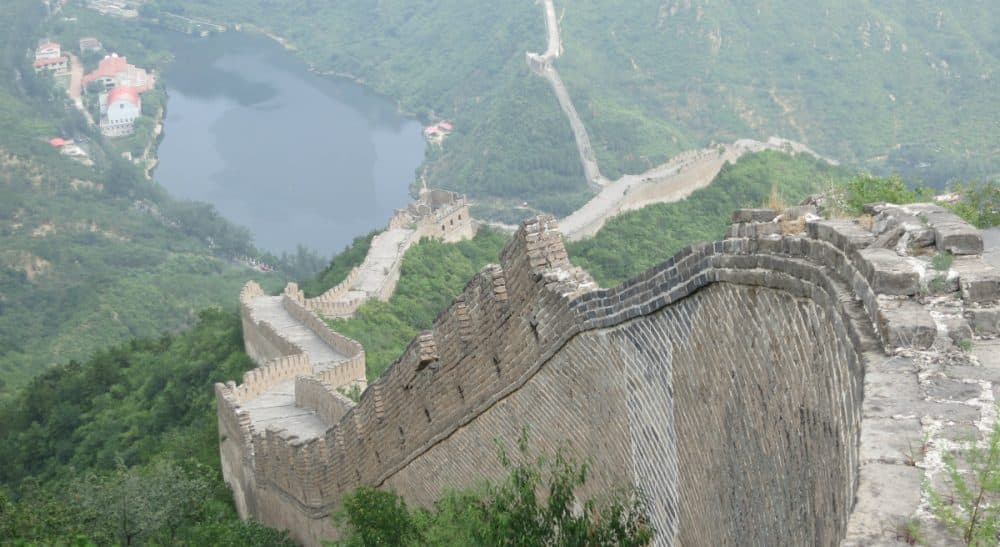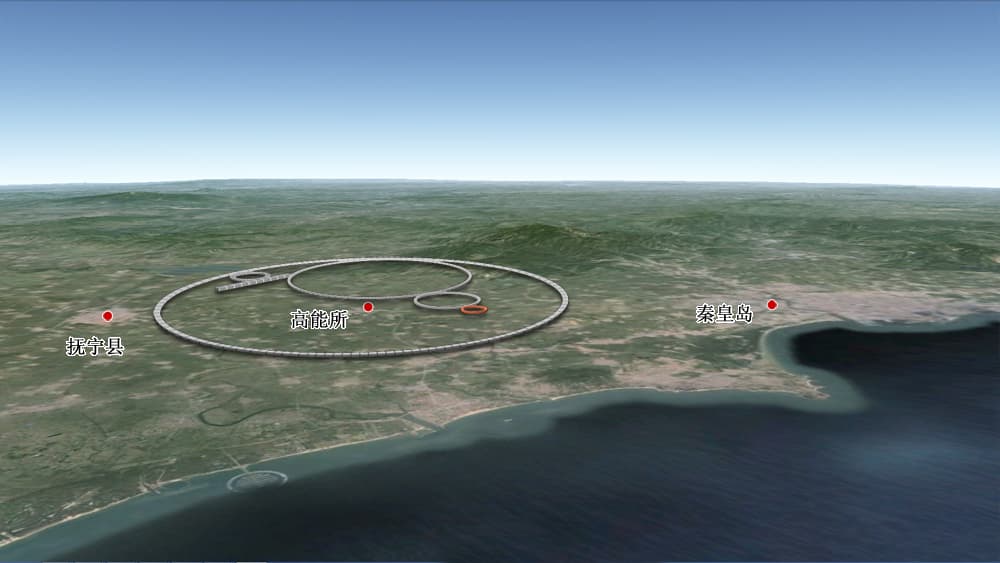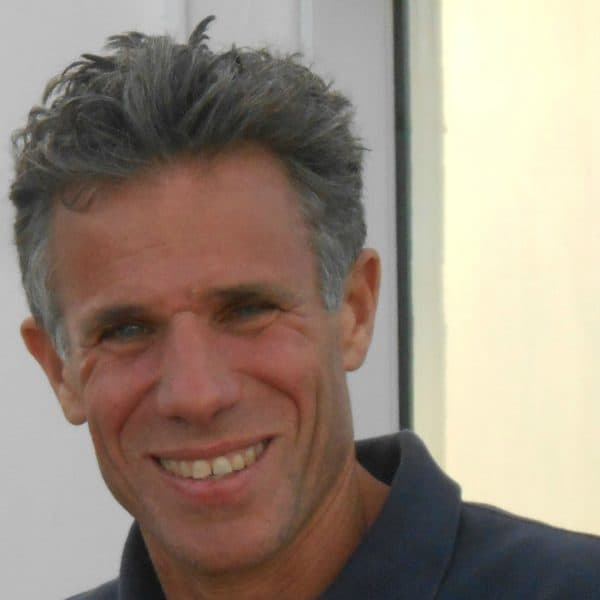Advertisement
Worlds Collide: In China's Bid To Advance Physics, An Opportunity For Scientists Everywhere

The Great Wall, a ring of fortifications built to protect China from would-be plunderers, lives up to its imposing title. The product of one of the most ambitious architectural and engineering undertakings in history, it is the longest structure ever built by humans.
The wall is surely impressive, even though it has outlived its original purpose: China no longer needs an extensive network of physical barriers to ward off intruders.
The gargantuan instrument under consideration would send subatomic particles through a circular tunnel up to 62 miles in circumference and located more than 100 feet underground, accelerating them to almost the speed of light.
Today, the Chinese government is pondering the fate of a project of almost comparable magnitude. In a three-volume, 600-page report completed earlier this year, an international team of scientists and engineers lay out the case for building the largest and most complicated machine ever assembled. The Great Collider, as my co-author, Shing-Tung Yau, and I call it in our recently published book on the subject, will incorporate the latest technological advances to propel science towards uncharted frontiers.
The gargantuan instrument under consideration would send subatomic particles through a circular tunnel up to 62 miles in circumference and located more than 100 feet underground, accelerating them to almost the speed of light. These tiny particles — electrons, positrons and protons — would then be directed to smash into each other, at energies and temperatures close to those prevailing near the Big Bang, so that investigators might unlock secrets of the early universe.
The scientific goals are reminiscent of those of the Large Hadron Collider (LHC) at the CERN laboratory in Geneva. With that facility scheduled to run for only another 20 years or so, a successor is needed to further this important work.
Decades from now, the Great Collider could be that successor, reaching energy levels about seven times higher than that achieved by the LHC and, if we are lucky, creating never-before-seen particles in the process.

This new, China-based research center would be a boon to particle physicists everywhere, many of whom would take part in collaborations there. This is especially true for U.S. physicists, who could assume a lead role in designing and eventually utilizing the Great Collider.
At a February 2014 symposium in Beijing, David Gross, a Nobel laureate in physics, likened the collider's potential impact and importance to that of the Great Wall. He is hopeful that, “its contributions to the development of science and technology, and to China in general, will be remembered just as long.”
There will be ancillary benefits to this work, as well. The technology required for an endeavor of this scope will spur long-term development in China, with some 10,000 scientists and engineers from all over the globe participating in an effort at the forefront of science. In this regard, the new collider will serve a very different purpose from the Great Wall.
“The Great Wall was meant to keep foreigners out, while the Great Collider is meant to bring foreigners in,” Henry Tye, a physicist at Cornell and the Hong Kong University of Science and Technology, told me.
And encouraging collaboration inside China among scientists from various countries has the potential to have the paradoxical effect of making that country more secure. Partnerships and friendships forged across nations foster a spirit of connectedness and shared interest.
If plans for this international science complex are realized, the ensuing activity would place China at the epicenter of high-energy physics research for decades to come.
If plans for this international science complex are realized, the ensuing activity would place China at the epicenter of high-energy physics research for decades to come. The facility will sustain and advance the field of particle physics, which has contributed so much to our understanding of the cosmos.
The construction and successful operation of the proposed physics center near the Great Wall’s eastern border could launch a bold, intellectual inquiry, one that might help humankind figure out its place in the firmament while getting us closer to grasping the makeup of the firmament itself. Achieving that will take an instrument of unprecedented capabilities — a Great Collider, indeed.
